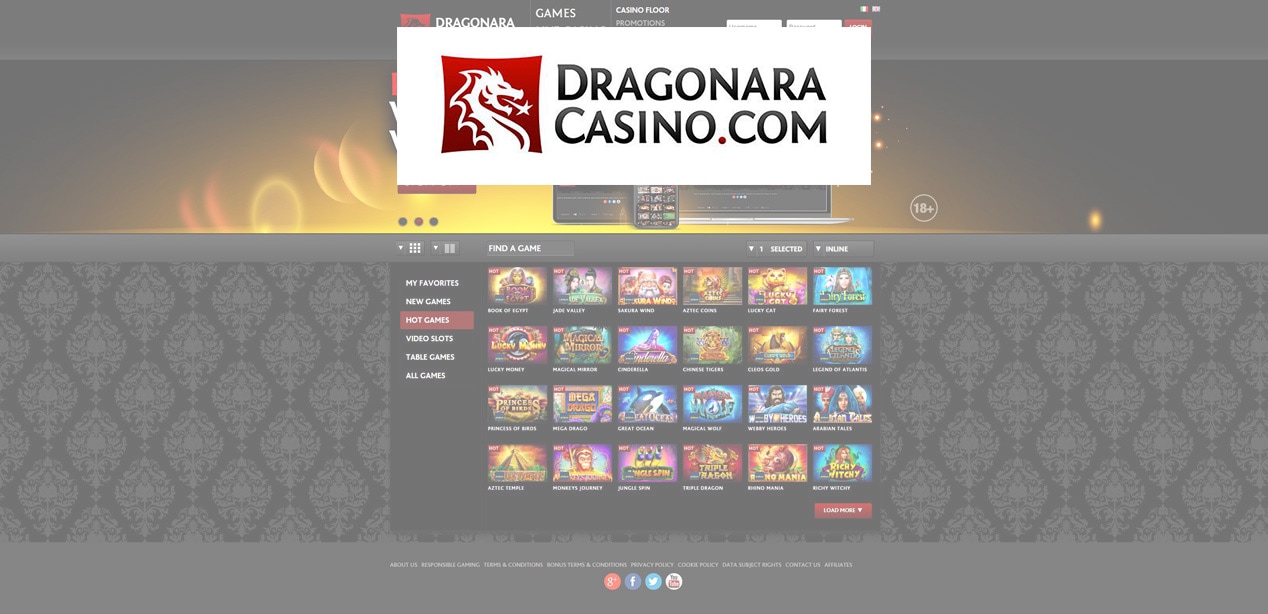

By adopting CBA, you’re equipped to navigate business complexities effectively and pave the way for future success. Analysts should also be aware of the challenges in determining both explicit and implicit benefits. Explicit benefits require future assumptions about market conditions, sales quantities, customer demands, and product expectations. Implicit costs, on the other hand, may be difficult to calculate as there may be no simple formula. For example, consider the example above about increasing employee satisfaction; there is no formula to calculate the financial impact of happier workers.
- They’ll shine a light on the risks and uncertainties you should be aware of as you work, and provide real-world examples to show cost benefit analysis in action.
- It also helps when your decision has clear economic costs and benefits.
- Here are three practical examples demonstrating how cost-benefit analysis can be applied in three different scenarios.
- Before you can know if a project proposal might be valuable, you need to compare it to similar past projects to see which is the best path forward.
- It serves as a framework for evaluating the desirability of an action by comparing total benefits against total costs.
For example, let’s assume the partnership will require some additional third-party software to integrate that has a licensing cost of $20,000 per year. Toss in dozens of app integrations and some stellar customer service, and you’ll be left wondering why on earth you’d ever want to waste time doing a manual cost benefit analysis ever again. This equation will leave you with a ratio or percentage that will tell you how big of a return you’re getting on each dollar you invest in a project.
Determine the Costs
First, create a framework that lays out the goals of your analysis, your current situation, and the scope of what your analysis will include. Account for possible shifts in essential elements that might influence the outcome. This could involve techniques such as scenario analysis or sensitivity analysis. Scenario analysis allows us to gauge the impact of different future conditions, while sensitivity analysis scrutinizes how changes to certain variables might sway overall results. The technique relies on data-driven decision-making; any outcome that is recommended relies on quantifiable information that has been gathered specific to a single problem. A cost-benefit analysis should be included in a business requirements document, a document that explains what a project entails and what it requires for its successful completion.
- But because it’s so tricky to calculate, project managers will often use Excel or a project management platform capable of calculating the formula automatically to figure out IRR.
- In this article, we’ll walk you through the process of cost benefit analysis, and offer insight and tips from industry experts.
- A benefit-cost ratio exceeding one indicates that the asset/project is expected to generate incremental value.
- A cost-benefit analysis (CBA) is a practical technique that scrutinizes the advantages and drawbacks of various alternatives to enable better decision making.
- Have you ever wondered about the processes successful businesses use to make important decisions?
- Businesses often employ CBA to assess the feasibility of launching a new product or service.
- During the project scope development phase, key stakeholders should be identified, notified, and given a chance to provide their input along the process.
Some disadvantages of a cost-benefit analysis include potential inaccuracies plus the subjectivity of non-monetary costs and benefits. Also, it’s easy to confuse a cost-benefit analysis for a project budget. A cost-benefit analysis uses estimated costs while a project budget should portray actual costs.
Step 2: Calculate benefits
A cost-benefit analysis also requires quantifying non-financial metrics (i.e. what is the financial benefit of increased employee satisfaction?). Although this may be difficult to assess, it forces the analyst to consider aspects of the project that are more difficult to measure. The ultimate result of a cost-benefit analysis is to deliver a simple report that makes it easier to make decisions. A cost-benefit analysis requires substantial research across all types of costs. This means considering unpredictable costs and understanding expense types and characteristics. This level of analysis only strengthens the findings as more research is performed on the state of outcome for the project that provides better support for strategic planning endeavors.

After working out your comparison, it’s also worth revisiting your framework in step one to make sure that the project is compatible with your goals and your strategy. Now, there are a couple of different methods you can use to compare your costs and benefits — but we’ll get to that in a second. If you were to conduct a cost benefit analysis, you might find that the project itself is expected to cost you $15,000 in resources.
When to Do a Cost-Benefit Analysis
You’re expecting the project to generate cash flows of $1,300 over the next year — and the rate of return you’re wanting to see is 8%. Net present value is just a fancy way of describing the difference between costs and benefits as they occur what is a cost benefit analysis over a period of time. NPV is used in loads of financial models when a company wants to assess whether an investment is going to pay off over time. A cost benefit analysis (CBA) is a comparison of your organization’s costs and benefits.

Since we obtained a positive benefit-cost ratio, we can conclude that the project will be profitable for this company. This result implies that the project will generate about $4,43 dollars per each $1 spent to cover expenses. The present value of a project’s benefits and costs is calculated with the present value formula (PV). While a desire to make https://www.bookstime.com/ a profit drives most companies, there are other, non-monetary reasons an organization might decide to pursue a project or decision. In these cases, it can be difficult to reconcile moral or “human” perspectives with the business case. By reducing a decision to costs versus benefits, the cost-benefit analysis can make this dilemma less complex.

























